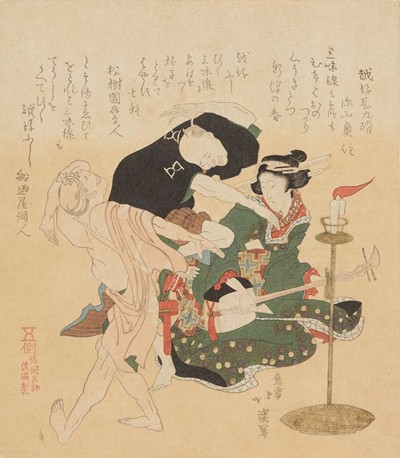
To see the previous installments, click on the following links: #1
I wake up every day to the sunrise that filters through a small opening in the stone wall of my cell in the form of a faint, warm ray of light that caresses the floor. At the same time, in perfect harmony, the silence of the dawn is broken by the soft and melodic trill of the uguisu (鶯); they are the nightingales of my Andalusian land that evoke my memories of freedom and sunny days.
So, little by little, I begin each day, in silence, with meditation (zazen). A habit I learned from my uncle Date Masamune when I was under samurai instruction and training. With each deep breath, I strengthen my concentration, my calm and my discipline.
Then, although my space is limited, I use my cell for basic exercises. I do push-ups, balancing positions and combat stances. I train slowly and with control, focusing on the movements I have perfected as a samurai. Occasionally, I imagine a ‘bokuto’ or wooden sword in my hands, practising combat sequences in my mind, so as not to lose my agility.
“But... what's going on?”, I say to myself. “Nothing,...it's the jailer bringing me food.” It's miso soup (味噌汁) which is made with fermented soybeans, salt and sometimes rice or barley. It's warm and today I had some tofu chunks in it. It reminds me of the “gachas” of my Andalusian homeland.
Shortly afterwards, the jailer, taking the lacquered wooden bowl and chopsticks from me, says: “I recommend that you eat well, as your time here is short.”
To be continued
Header Image:
Japanese woodblock print showcasing transience, precarious beauty, and the passage of time, thus "mirroring" mono no aware. Source: Wikipedia
Wow, while reading this, I can easily picture how he spends his day. I also like that you used Ukiyo-e as the header image!
HISTORICAL POINT: If the character has renounced Christianity, he would probably be released from jail. However, if he has remained a Christian, would he do zazen? (In the 20th century, some Catholics do zazen meditation. However, during the 16th was regarded as "devil worship" by conservative Catholics.
@yumiyumayume I am immersing myself in the character of a samurai in 17th century Japan and his habits of life. It was a time of transition and great changes and there he was, a Spanish samurai... :)
T Newfields ( @T-Newfields ) The character has a problem of cultural identification. He has left Spain where he was rejected by his family environment and is received in Japan with the honours of his lineage of ‘one-eyed dragon’...but he is still a Christian in his inner self...He is undergoing a strong acculturation process. The samurai culture is very shocking for him.
Even so, he is in jail because of a complaint...